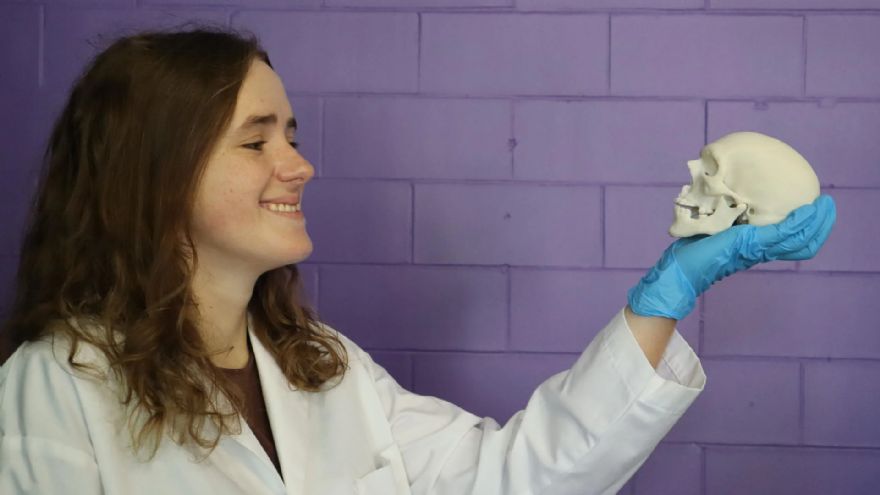
A Canadian research team, from the
University of Waterloo in Ontario, has developed a new material that ‘shares many of the same traits as bone tissue’ and can be used in 3-D printers ‘to provide a new and innovative treatment option for patients undergoing major skeletal repair and reconstructive surgery’ that currently involves metal implants and donated bone.
The team said surgeons request a specific size and type from tissue banks to best match their patient’s anatomy. “However, this is rarely a perfect fit, and a recipient’s body may reject donated bone. This new biopolymer nanocomposite material can be 3-D printed into a customised bone graft engineered to meet a patient’s unique needs. It may also eliminate the need for metal plates, reduce the risk of infection, and increase the chance that the patient’s body will successfully accept the graft.”
Dr Thomas Willett, a professor in the Department of Systems Design Engineering and director of the new biomedical engineering graduate programme, added: “We have created a material that is strong, 3-D printable, and compatible with a potential to become new bone tissue. With this technology, we can achieve the patient-specific geometry needed to reconstruct bone defects with greater success.
“The material combines nanoparticles that mimic the composition of bone minerals and help strengthen the material. Ultimately, we hope bone cells will grow and replace biopolymer nanocomposite with new bone. The body will then excrete the biopolymer nanocomposite.”
Elizabeth Diederichs, a Waterloo PhD candidate, said: “Our work is currently focused on advancing our biopolymer nanocomposite’s functional robustness as an implant and its ability to be replaced with living bone over time. The goal is for this material to reduce a patient’s need for repeated operations after undergoing bone reconstruction surgery.”
The team performed successful tests on bone-cell compatibility in collaboration with Dr Maud Gorbet, a professor in Waterloo Engineering and director of the biomedical engineering undergraduate program, who explained: “Any material implanted in the body elicits a response. Our tests show that the biological response of bone cells to our biopolymer nanocomposite outperforms traditional methods. They are adhering, proliferating and retaining their behaviours, which is very exciting.”